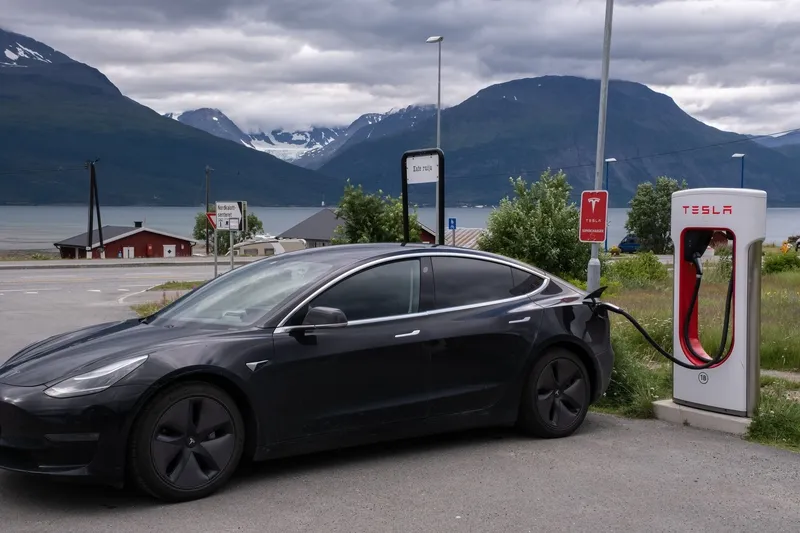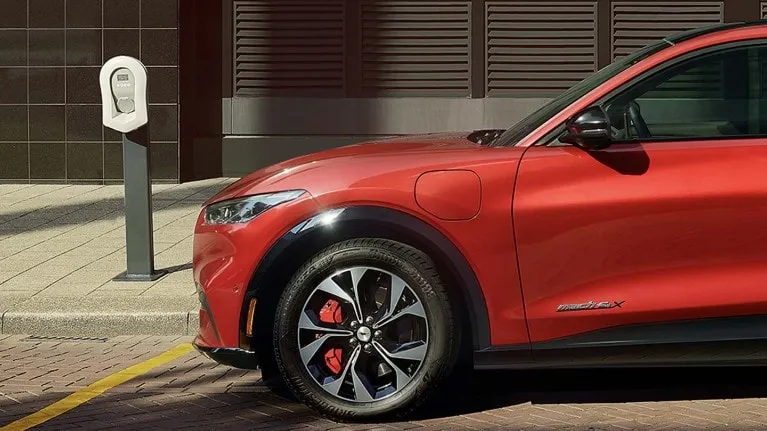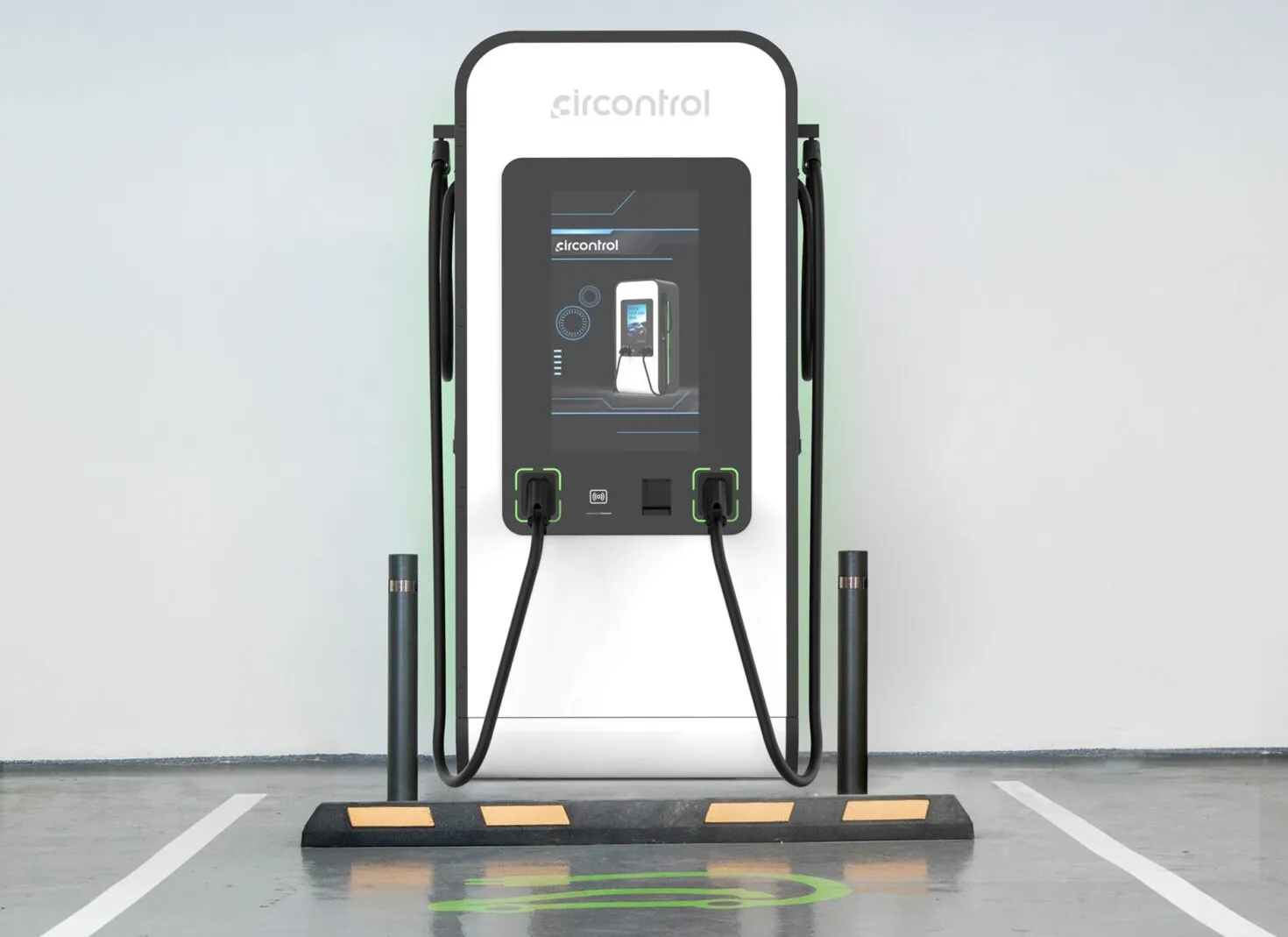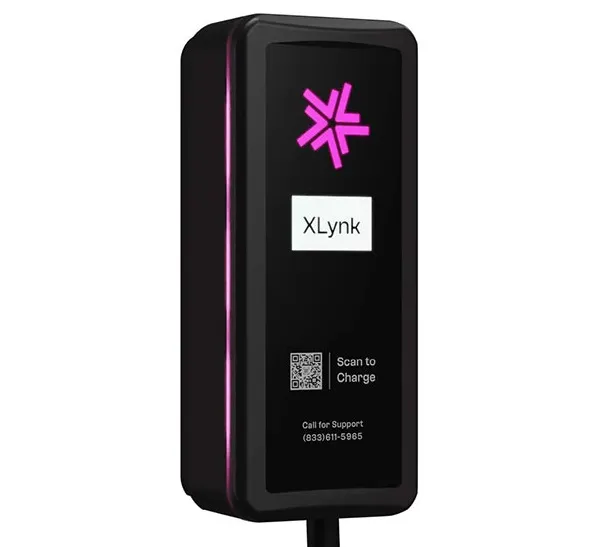
Power will tell the Australian Electric Vehicle Association conference in Perth on 3 November that Australia’s ability to leverage its solar capability could help spur the growth of more public charging infrastructure. This follows the landmark High Court judgment rejecting Victoria’s electric vehicle levy, which is expected to increase demand. Power will give a global snapshot of EV infrastructure growth drivers and challenges across Australia, UK, US, China and Europe.
France’s public carpark initiative is expected to generate about 11 gigawatts of energy, which is enough to power nearly eight million homes or 10 power stations. However, it has much less sunshine than Australia, averaging at around 2,000 hours per year compared to an average of 2,800 in Australian cities.
If Australia adopted a similar policy, it could generate substantially more electricity per installation to offset power requirements for EV chargers. Solar car ports have the added benefit of shading and so cooling cars reducing the need for air conditioning.
“Australia’s high rate of solar PV installations at homes could be a big driver of further EV growth,” Power said. “Combined with the benefits of the forthcoming vehicle-to-grid (V2G) technology and Aussies could be driving for free.”
Investment in public charging infrastructure is critical to accelerate the transition to EVs. In the UK, the ratio of EVs to public chargers has grown from five cars per charger in 2015 to 19 per charger in 2023. In contrast, Australia’s ratio is 23 cars to each public charger. Yet the country’s EV ownership is equivalent to the UK in 2019 when there were approximately six cars per charger.
“Statistics like these are a cause for concern given the gargantuan task Australia faces in catching up with other leading economies,” Power said. “The fear is that unless there is a mix of tax breaks and charging infrastructure investment that Australia could remain an EV backwater despite the strong domestic appetite for EV technology. This year, EVs comprise about 7.4% of new car sales in Australia compared to 16% in the UK and a staggering 79.3% in Norway, which remains the world EV leader.”









